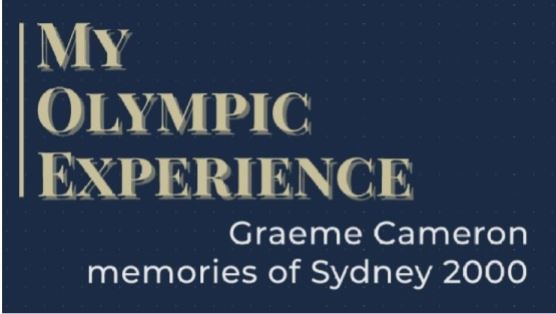By Graeme Cameron

A British History of Australian Wrestling
By Graeme Cameron
Part 1: The Beginning
Australia being a British colony, it should come as no surprise that wrestlers from the UK and Ireland have played their part in the foundation and development of professional wrestling in this country. Some were touring visitors, some were migrants seeking their fortune or a better life (some were children when they arrived), and some arrived as touring professionals but liked it so much they decided to stay. This is the first in a series which will introduce you to around 60 of these men. You’ll meet war heroes, a thief, a shark attack victim, Australia’s first Masked Marvel and Australia’s first international star, born in Cheshire. In each case, I’ll put in brackets beside the wrestler’s name indicating what period or periods they were in Australia and, where possible, list their main opponents. Before I go any further, I would like to thank Ron Historyo for helping fill some gaps.
In his book, From The Dreaming To The Dreamers, author (and friend) Gavin Dickson asserts that Cornish miners, seeking their fortune on the gold fields, engaged in bouts in their own regional style for recreation after a hard day’s work. It seems more than likely that money changed hands on the outcome of these matches and that some of it may have well found its way to the pockets of the wrestlers. While they weren’t professionals, they may well have been the first wrestlers to earn money from engaging in the sport in Australia but that’s pure speculation on my part.
The first record I could find of organised wrestling in Australia was on January 13, 1858, when it was included as part of a package of sporting events supporting the Australian Broadsword Championships at Captain R. A. Lovell’s Dawes Point ground in Sydney. Two wrestlers engaged in a match in the “Cornwall and Devonshire style”, each identified only as “Celebrated Man”. The result was unknown. Other events included caber tossing, the hammer throw and jousting. Three years later, on March 12, 1859, also at the Dawes Point ground, a Professor Parker presented a sports festival which included two wrestling matches, again in the “Cornwall and Devonshire” style. The results were as follows; Knuckley of Cornwall defeated Kemp of Devon by 2 falls to nil, then Batton of Devon drew with Trevalyon of Cornwall. Other events were the hammer throw and caber tossing again, as well as broadsword and fencing matches.
For those who are wondering where the Dawes Point ground was in Sydney, well, it still exists. You’ve probably seen it on TV shows or even been there. Now Dawes Point Park, it’s on the south side of the harbour foreshore but is now much reduced in size due to the fact that Southern approach to Sydney Harbour Bridge now stands on it.
This was very much the way wrestling was presented in Australia in those early years, as part of festivals or supporting other events. It wasn’t until the 1880s that wrestling came into its own and British wrestlers played their part. There was a colourful international group of wrestlers, Frenchmen Andre Christol and Monsieur Victor, Italian Signor Sali, Americans Sam Matthews, and Lucifer, Englishmen Ned Blackburn, John Connor and Harry Dunn, and South African J.J. Stagpoole, but it was four men, American Clarence Whistler, Scot Donald Dinnie, England’s Tom Cannon and Chesire-born Australian William Miller who took professional wrestling to a new level The next part of this series will focus on the rise of William Miller, the man who came to be known simply as, “The Professor.”

Graeme shares his memories of Sydney 2000
Page added 31/12//2023
